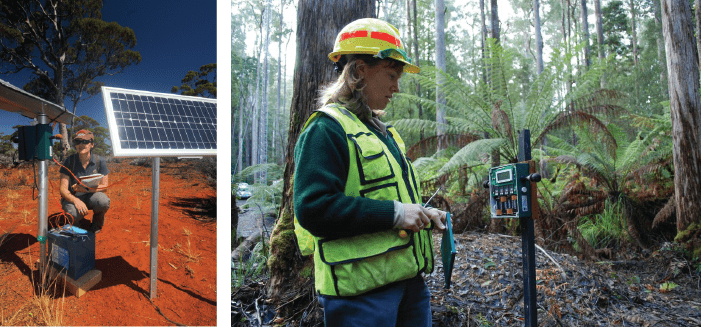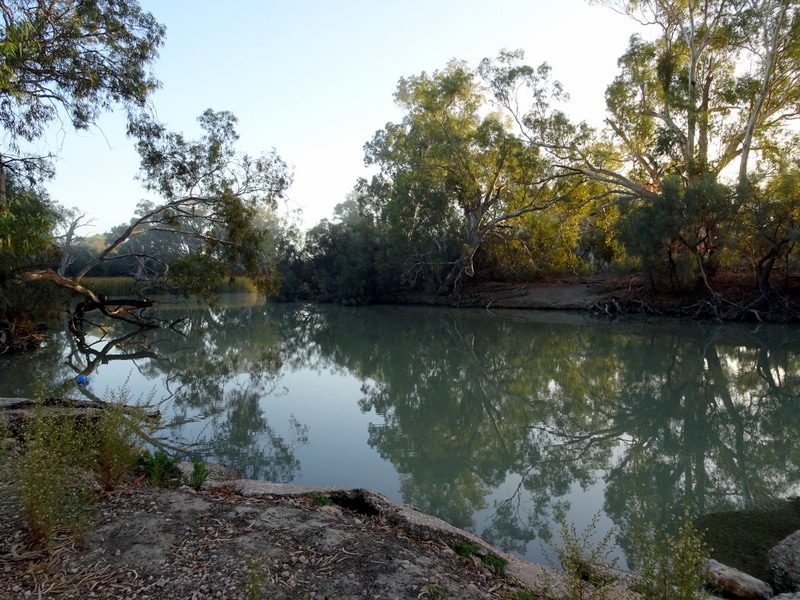TERN’s bioacoustics research team has collected, archived and made openly available over 60,000 sound files from 21 unique ecosystems across our nation-wide research infrastructure. Later this month a unique event at the arts-science interface will explore the creative possibilities of such bioacoustics data.
TERN, together with our partners, is investing in a brave new world of biodiversity monitoring with remote sensors and artificial intelligence.
Remotely controlled bioacoustic sensors at TERN sites provide a unique 24-hour-a-day monitoring capability for vocal animals such as birds and frogs, and environmental and anthropogenic sounds. In the aquatic domain, researchers are using acoustic recordings to reveal the largely unseen acoustic world, determine how ship traffic sound might impact migrating whales and identify fish species in rivers. Future acoustic sensors and data collection at TERN sites will be managed through the Australian Acoustic Observatory (A2O).
TERN has collected, archived and made openly available over 60,000 sound files from acoustic sensors at 21 sites across our nation-wide research infrastructure, and facilitated analyses by leading acoustic-sensing researchers from Australia and overseas. We are equally excited to enable creative endeavours using bioacoustic data at the arts-science interface.

Listen to the sounds of the bush collected by bioacoustic sensors at TERN’s Warra Tall Eucalypt SuperSite in Tasmania
Riverland Biosphere Soundscapes Lab
The future of a healthy environment, which underpins productivity, health and emotional resilience in people, relies on Australians establishing a deep connection with the environment.
This may be through logical debate or deeper personal connection. TERN is therefore keen to foster the arts-science interface and encourage collaboration and communication of cutting-edge science data and research through innovative means in the interests of engaging more widely with the community.
An exciting new project called Biosphere Soundscapes fits the criteria set by TERN and we are excited to tell you about a workshop led by interdisciplinary composer and sound artist Jesse Budel.
Funded by Country Arts South Australia, the Riverland Biosphere Soundscape Lab will take place between 24-26 May 2019 at TERN’s Calperum Mallee SuperSite and bring together artists, scientists and community members to explore the acoustic environments of the Riverland Biosphere.
Participants will take part in a variety of activities across the weekend, including field trips, field recordings, creative work listening sessions, expert presentations, and group discussions. TERN is providing access to long-term sound recordings made at Calperum Mallee and will support the Lab’s investigation into environmental issues at the site.
TERN is very pleased to support the Biosphere Soundscapes project and we hope it helps inspire communities across Australia, and the world, to listen to the environment and explore the value of sound as a measure for environmental health in UNESCO biosphere reserves.







